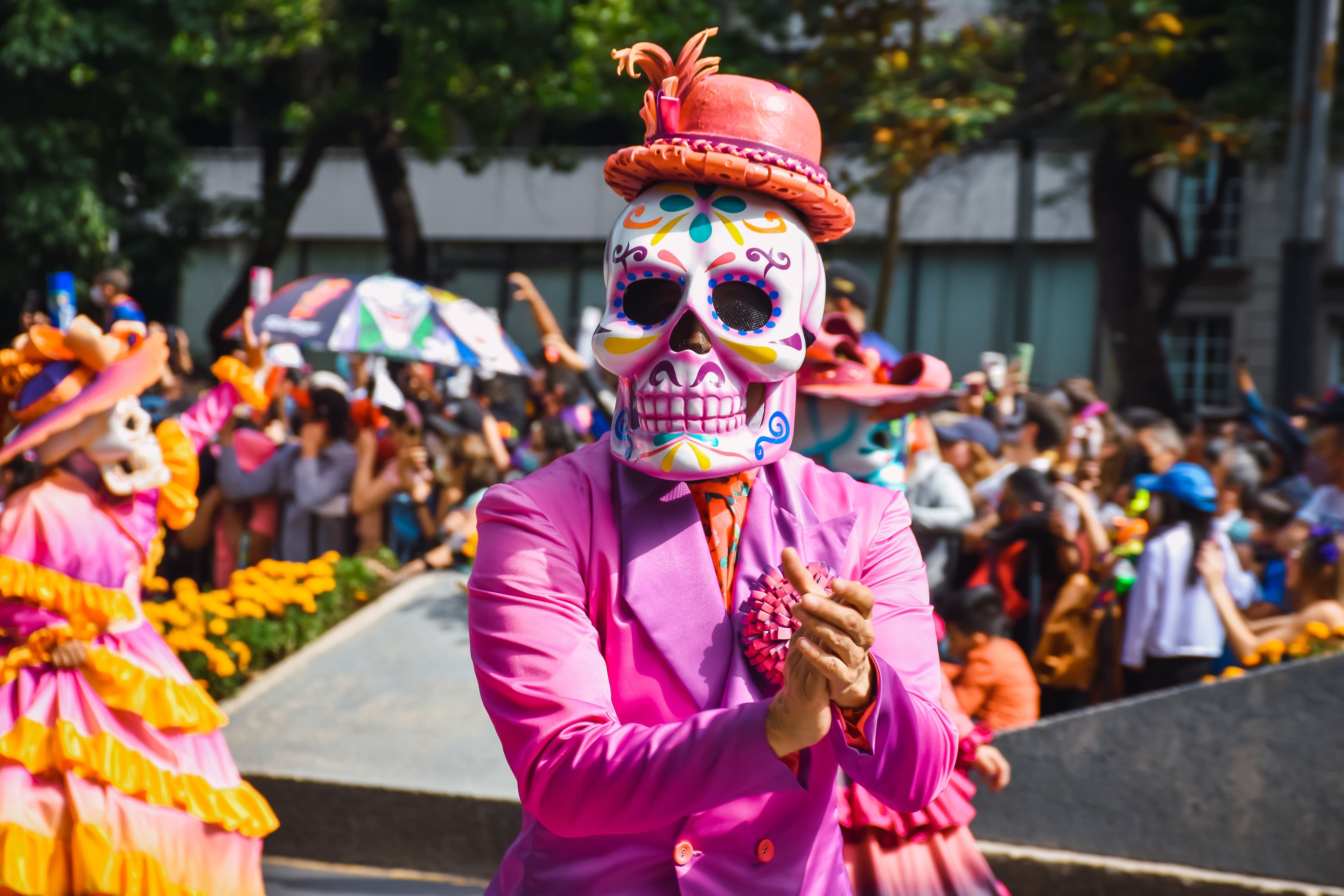November 3, 2021
•
5 min read
Day of the Dead in Mexico: Complete Guide to Día de Muertos (2025)
Day of the Dead is a Mexican holiday that celebrates the life of loved ones. You can find fantastic festivities of Dia de los Muertos in Tepoztlan. Learn more about the history, traditions, and culture of Day of the Dead in Tepoztlan, Mexico.
Rafael Bracho
Insurance Expert
Known as "Día de Muertos" in Mexico, the Day of the Dead is a holiday that's celebrated throughout the whole country from October 31st through November 2nd. This three-day festival is a celebration of the lives of those departed family members—and the love we still hold for them.
If you've ever wondered what Day of the Dead is really about beyond the decorative sugar skulls you see on Instagram, you're in the right place. This isn't Halloween with a Mexican twist—it's something far more profound and beautiful.
What Makes Day of the Dead Different from Halloween?
Here's the thing most tourists get wrong: Day of the Dead isn't Mexico's version of Halloween. While both holidays fall around the same time and deal with death, that's where the similarities end.
Halloween is about fear, costumes, and candy. Day of the Dead is about love, remembrance, and welcoming departed souls back home for a visit. It's joyful, colorful, and deeply personal. You're more likely to see families laughing and sharing meals at gravesides than anyone trying to scare you.
History of Día de Muertos in Mexico
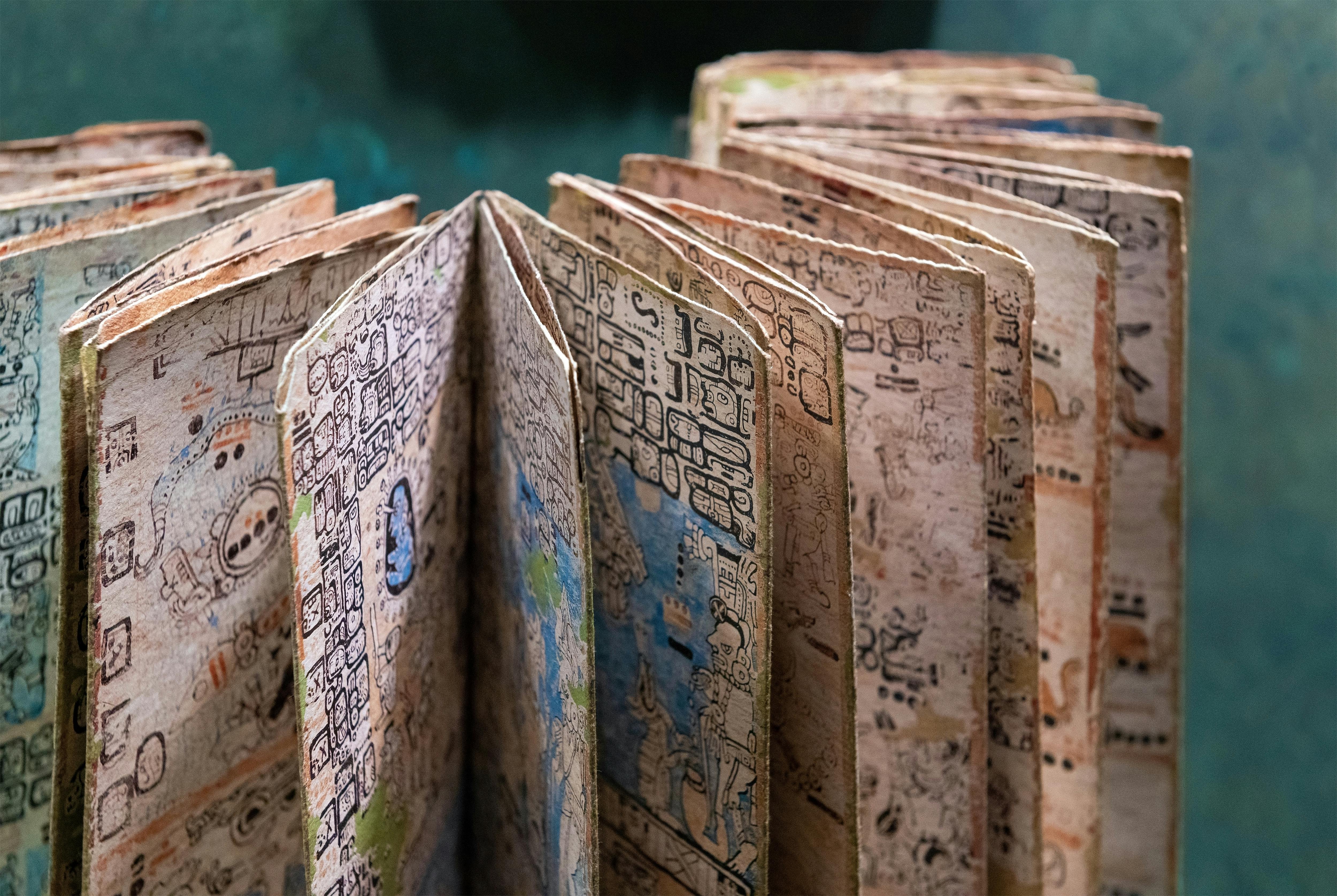
It's apparent that some form of Day of the Dead was celebrated in pre-Hispanic culture before the arrival of the Spanish conquistadores—with some archaeological evidence that it could date back 3,000 years. However, scholars have traced the roots of Día de Muertos to an Aztec festival that honored Mictecacihuatl—the Aztec goddess of the underworld, who is also called "The Lady of the Dead".
This goddess is likely the inspiration behind La Calavera Catrina, the elegant skeleton lady you see everywhere during this time. Originally, the celebration took place during the ninth month of the Aztec calendar—roughly the beginning of summer—in what is today southern and central Mexico.
How Spanish Colonization Changed the Holiday
It was only after the arrival of the Europeans that the dates were changed to coincide with the triduum of "Allhallowtide"—which already celebrated the dead during All Saint's Eve, All Saint's Day, and All Soul's Day. It's from this root that we get the name All Hallow's Eve, which would eventually become known as "Halloween".
Then, of course, the Spanish had their own influences on the Day of the Dead from their native festivities, including parades and filial gatherings at cemeteries for ritualistic prayer. What emerged was something uniquely Mexican—a blend of indigenous and Catholic traditions that created something more beautiful than either alone.
Day of the Dead Becomes a National Holiday
In the 20th Century, Día de Los Muertos was celebrated primarily in central and southern Mexico, because the indigenous people in the north observed Allhallowtide much like the rest of the Catholics—without the amalgamation of pre-Hispanic elements. Finally, in 1960, Día de Los Muertos became a national holiday due to unifying educational policies throughout the country.
Today, you'll find Day of the Dead celebrations throughout Mexico, though the most authentic and elaborate traditions are still in Oaxaca, Michoacán, and central Mexico.
How Day of the Dead Is Celebrated: The Three Days Explained
October 31st: All Hallow's Eve – Preparing for the Return
The first day of Día de Los Muertos is October 31st—or what is most commonly referred to as All Hallow's Eve in English. It is on this day that ofrendas (sometimes called altares, or the Spanish equivalent of "altars") are often displayed in one's living room or den.
Tradition has it that these altars draw the attention of lost family members and loved ones on this day—preparing them for the long journey from the underworld to the world of the living.
Afterward, according to tradition, the family heads to the cemetery where they pack a picnic to be enjoyed with their loved ones—by their graves. They will play music, clean and decorate the difuntos' gravestones, and some will even spend the night by their departed's tombs to be the first to welcome them when they arrive on the second day. Their children arrive first.
November 1st: Día de Los Inocentes – Day of the Little Angels
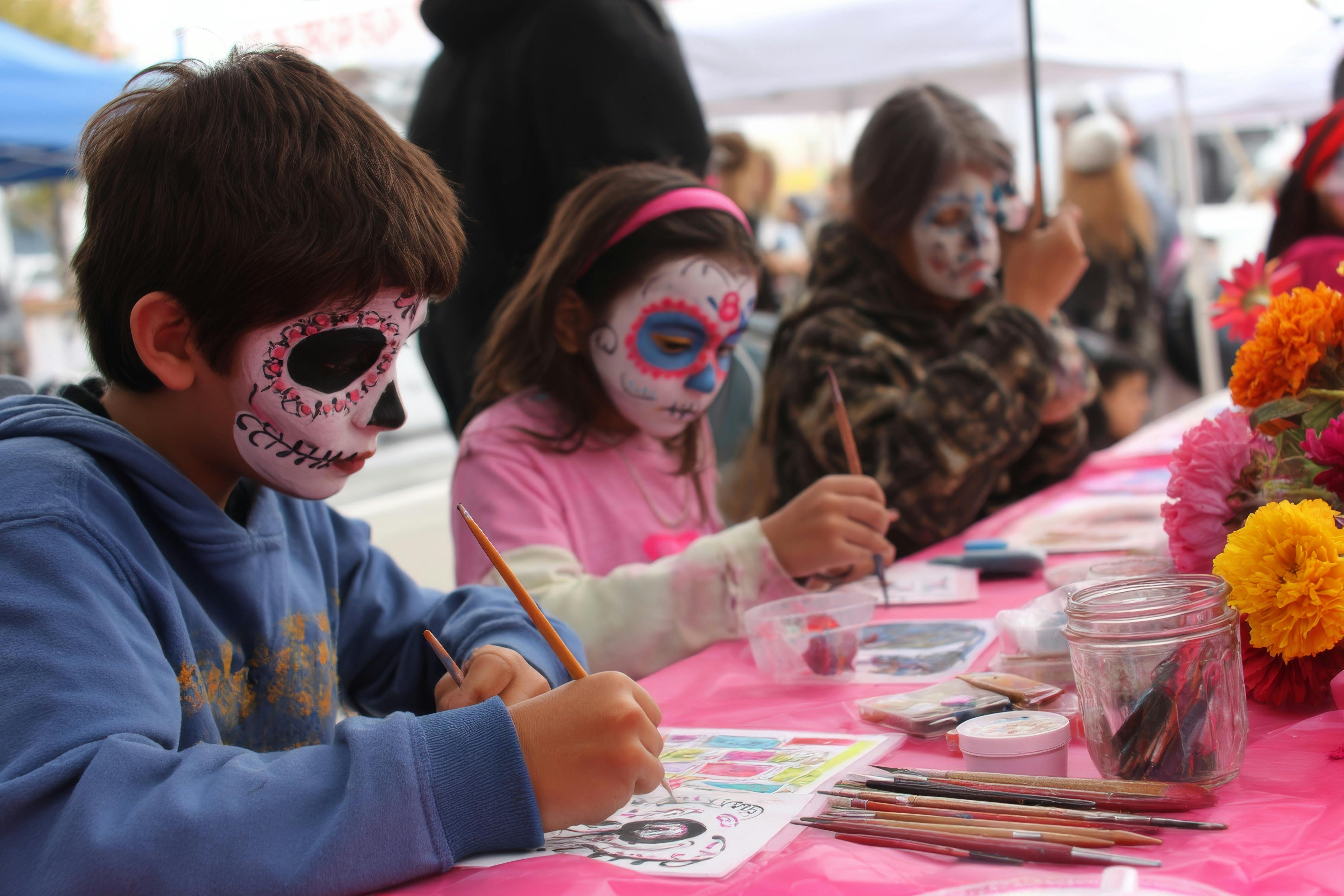
The second day is Día de Los Inocentes (Day of the Innocents). It's also called Día de Los Angelitos (Day of the Little Angels). It is on this day that Mexicans believe that any lost children arrive again.
Toys are brought for the children to play with, and candies or other sweets are left out for them to be enjoyed. Some practitioners believe that the departed eat the spiritual essence of the food, then other members of the family can eat the physical foods afterward.
This day is particularly poignant—you'll see small altars with teddy bears, toy cars, and lollipops alongside the traditional marigolds and candles. It's heartbreaking and beautiful at the same time.
November 2nd: Día de Los Difuntos – When Adults Return

The third day is Día de Los Difuntos, also known as Día de Muertos, where the adults return from the grave. On this day, the family members are said to visit the land of the living. In different parts of Mexico, people passing by are invited to view the altar and drink mezcal or atole, and guests often contribute by laying a flower at the altar or proffering some form of food or drink to the social gathering.
This is the day when cemeteries transform into community gatherings—music plays, families share meals, and the atmosphere feels more like a reunion than a memorial. It's not somber or sad. It's celebratory.
La Calavera Catrina: The Iconic Skeleton Lady
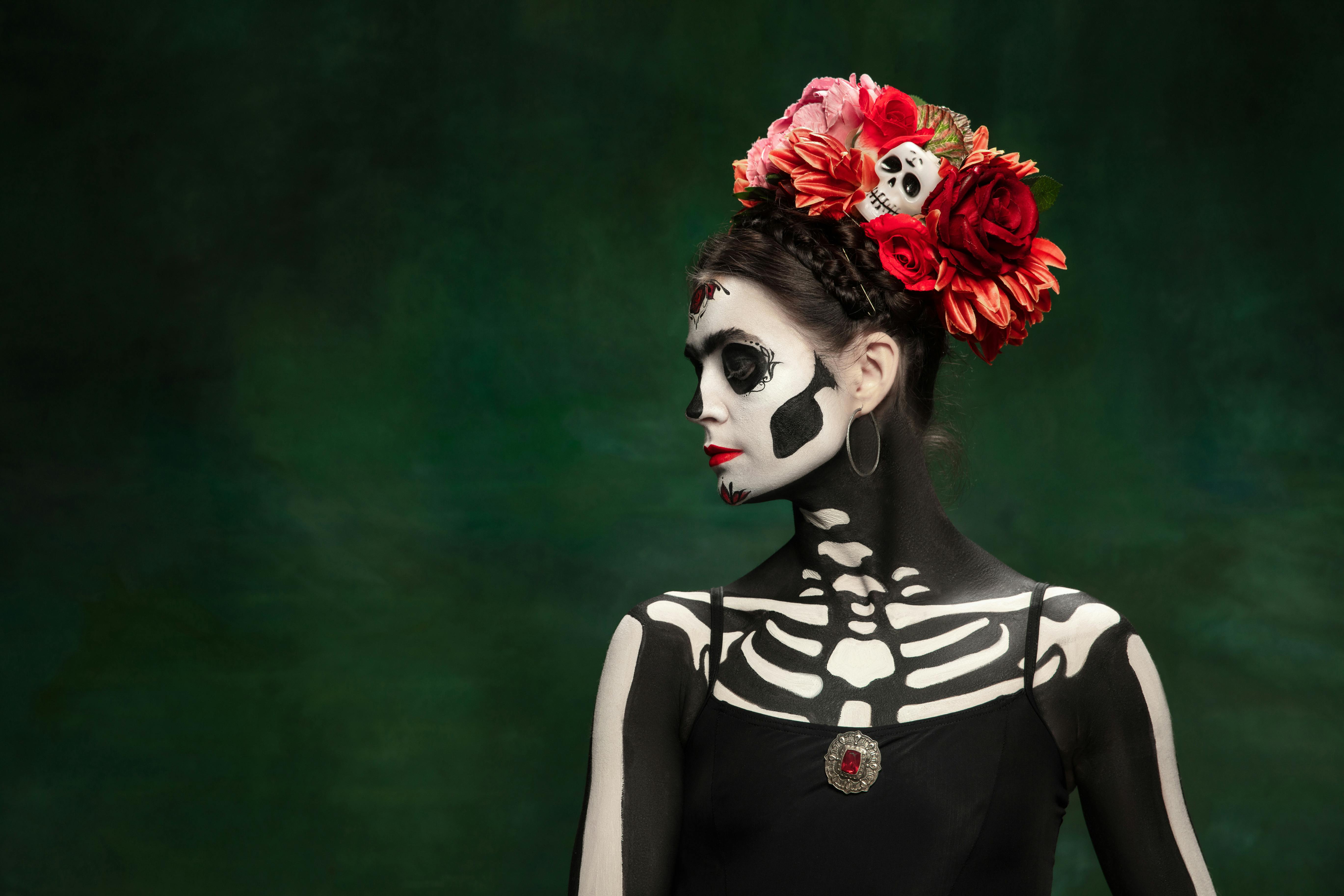
La Calavera Catrina is an iconic zinc etching by the illustrator Jose Guadalupe Posada made in 1910. This image depicts a female skeleton wearing a festive hat. La Calavera Catrina has become a referential image of death in Mexico—especially Día de los Muertos.
But here's what's interesting: Posada originally created her as political satire, mocking upper-class Mexicans who imitated European fashion while ignoring their indigenous heritage. The artist Diego Rivera later popularized her in his famous mural "Dream of a Sunday Afternoon in Alameda Park," and she evolved into the beloved symbol we recognize today.
Now you'll see people dressed as Catrina throughout Mexico during Day of the Dead, with elaborate skull face paint and Victorian-style dresses. To learn more, click here.
Best Places to Experience Day of the Dead in Mexico
Tepoztlán, Morelos: An Authentic Experience
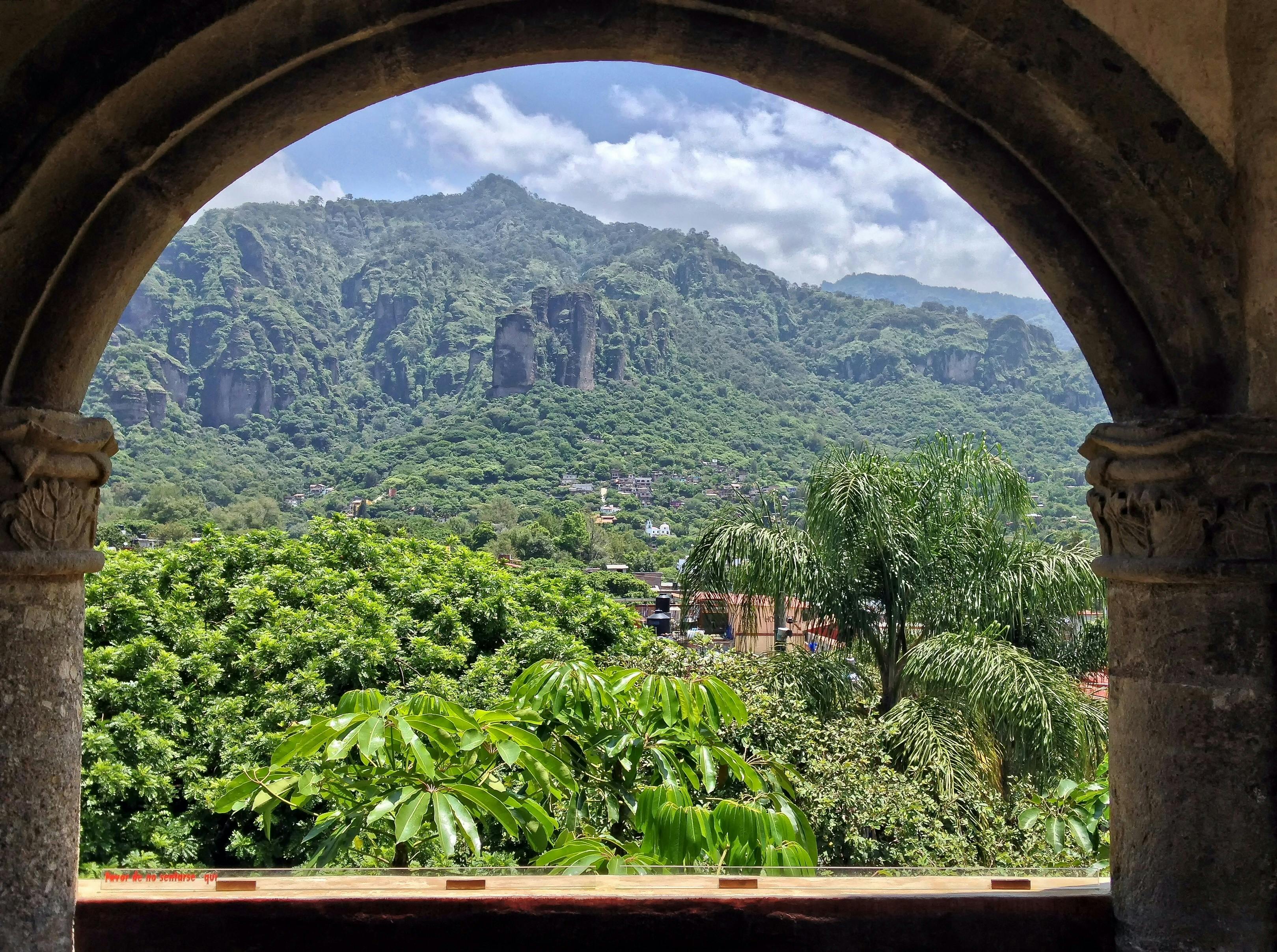
One lovely town to spend Día de Muertos is Tepoztlán in the state of Morelos. This Pueblo Mágico is a wonderful place to see the festivities. The village comes alive with the aromas of pan de muerto and burning copal, as people are dressed in traditional gear while they traverse their main street, the Avenida Tepozteco. This is the road that heads up the mountain to the small Aztec pyramid which overlooks this lovely town.
Paper streamers festoon the streets while the sounds of festivities fill the air. Most houses will put up decorations and invite curious travelers to view their family's altar. Tourists should approach with great respect. Offering a small token like a flower or some libations can go a long way to smooth relations so that you feel welcome.
However, walking around some of the less touristic churches off the main street can reveal the most unique cultural experiences I have ever encountered in my years of traveling through Mexico.
A Personal Story: The Mass I'll Never Forget

I remember being in Tepoztlán a couple of years ago for the Day of the Dead celebrations. My cousin Oskar and I passed by a Catholic mass. Throngs of people were crowding not only the church and the courtyard outside, but the mass had spilled out into the street.
We rolled by to get a look at what was happening inside the church, and those out on the street warmly urged us inside. It seemed like any other Catholic mass except on the altarpiece where Jesus' figure normally stood, the figure of Jesus was covered in a black shroud and wearing a mask with the image of an intricately decorated skull. It looked right out of the Scream movies.
These unique rituals are precious examples of the synthesis of Catholic Mexico with pre-Hispanic indigenous cultures. Few places are better for catching a glimpse of the native rites and truly experiencing the Day of the Dead than Tepoztlán.
Other Top Destinations for Day of the Dead

While Tepoztlán holds a special place in my heart, these destinations are also incredible:
- Oaxaca City - The epicenter of Day of the Dead celebrations, with massive parades, elaborate altars, and the famous sand tapestries
- Pátzcuaro, Michoacán - Known for the haunting candlelit vigils on Janitzio Island
- Mixquic, Mexico City - A village within the capital that maintains authentic traditions
- San Andrés Mixquic - Features one of Mexico's most spectacular cemetery celebrations
- Guanajuato - Combines Day of the Dead with its famous mummy museum
Creating an Ofrenda: Day of the Dead Altar Elements

Ofrendas are often decorated with specific elements, each carrying symbolic meaning. Here's what you'll typically find:
Essential Altar Elements
Candles - Candles were already associated with departed family members in the Catholic religion. It's common to include one candle for each member, and an extra candle for the "forgotten soul." Candles can be placed in a particular shape like that of a skull or a cross. This is a symbol of the element of fire.
Pictures of Difuntos - Placing a visual element can draw the focus of the spiritual veneration from those in the presence of the ofrenda. It is often a framed picture of the departed, but it doesn't always have to be. It can be a loose photograph or even a drawing.
Cempasúchil Flowers (Marigolds) - Traditionally, they are cempasúchil (also known as zempoaxochitl in Nahuatl). These flowers are not only typical for their bright orange color, but also for their unique smell, which is said to attract the dead to the house of the living. Sometimes they are placed in a path from the doorway or even sidewalk to attract the dead. Other colorful flowers can be placed with the cempasúchil flowers, and these can be arranged in shapes as well.

Salt - Salt is often placed at an altar as a symbol of purification.
Copal Incense - Traditionally, Copal is burned. This resin has very aromatic smoke. If this isn't available, incense or aromatic herbs like chamomile, rosemary, and sage are burned as a substitute. These are said to attract loved ones from the land of the dead to that of the living.
Papel Picado - These decorations are made with brightly-colored tissue paper that are cut with festive designs or even shapes like skulls. These are hung around the altar and throughout the house. They're often associated with the elemental symbol for air.

Elemental Symbols - One can often find symbols of the four Aristotelian elements: fire, earth, air, and water. These symbols are represented by common objects, such as candles or veladoras for fire, paper decorations for air, different fruits to represent Earth, and a glass of water.
The Star Attractions: Skulls and Pan de Muerto
Sugar Skulls - The classic depiction of skulls are a must for any ofrenda. These decorations often serve as a reminder of the transience of Life and flesh, and the permanence of Death. They can be plaster skulls, or they can be made from edible materials such as sugar, chocolate, or amaranth. Some are homemade or purchased; others are simply decorated or fantastically elaborate. They will often carry the name of departed friends and family members.
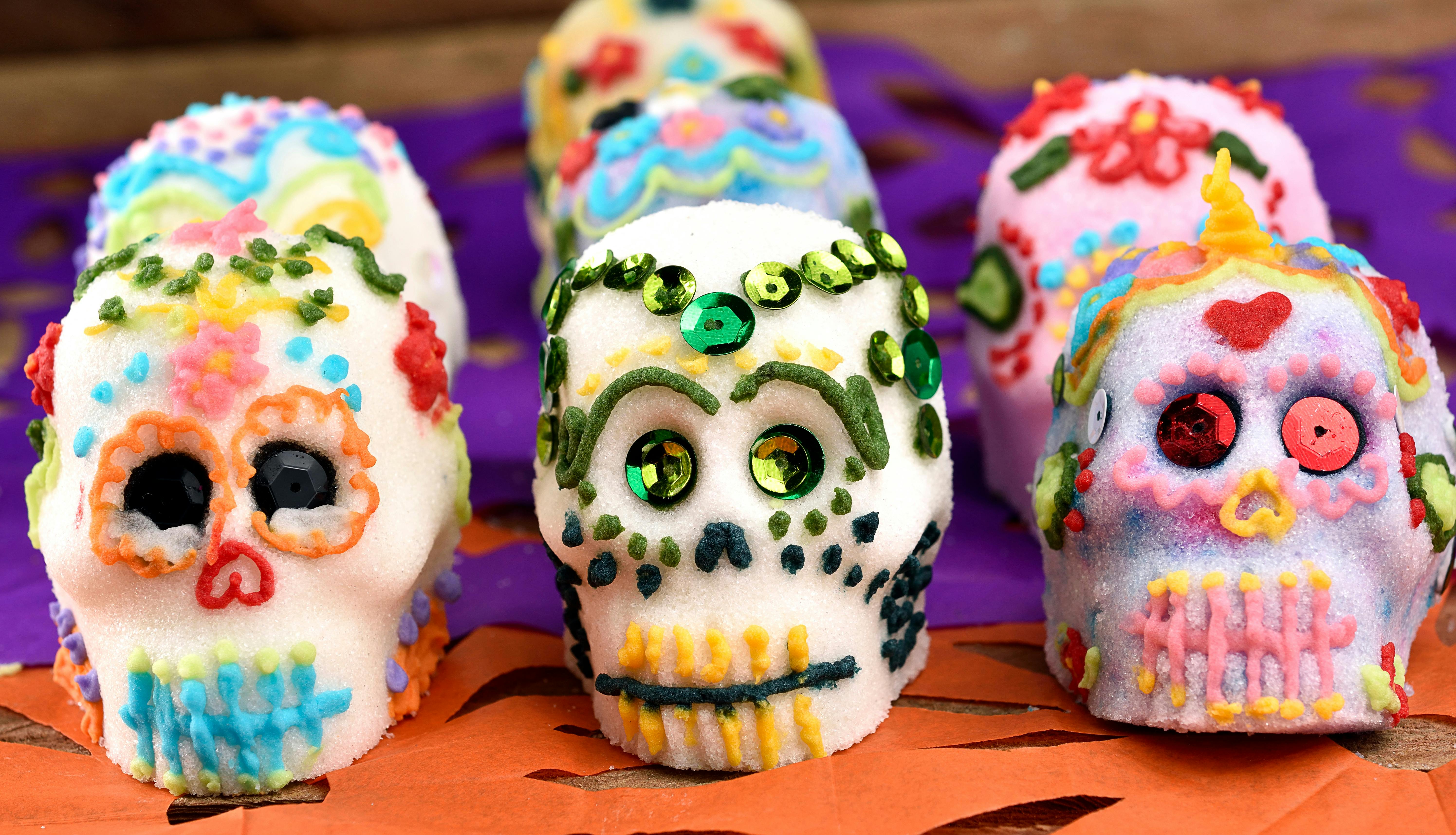
Pan de Muerto - This bread is as varied as the regions that celebrate the Day of the Dead. Sometimes it's served in a circular shape designed with crossbones meant to symbolize a skull, or four strips of dough atop it which represent bones. These could possibly carry with them pre-Hispanic symbology—dating back to an Aztec bread that was made with the blood of human sacrifice.
Most pan de muertos are sweet, encrusted with red or white sugar on top, or sesame seeds, or the dough can sometimes be worked with walnut, orange zest, anise, or fig. Some pan de muertos are savory, however, and they are often worked in the shape of human figures, skulls, or rabbits. To learn more, click here.

Items for the Dead - Often items are left for the difuntos such as traditional foods like tamales, mole chicken or turkey, and pozole—whatever the departed liked. These are often left in cazuelas or other clay pots. Fruits are generally included as well.
These items are generally consumed by the family members after the dead have had a chance to eat, though superstition has it that the nutritional value has been removed from the foods. Other items are left behind for the departed, such as cigarettes if they smoked or mezcal if they drank. Dominoes or cards can be left for entertainment, and blankets and pillows can sometimes be left out for the family to rest.
Practical Tips for Tourists Visiting Mexico During Day of the Dead

If you're planning to experience Day of the Dead in Mexico, here are some things you should know:
Respectful Tourism Etiquette
Always ask permission before photographing - Especially at cemeteries or private altars. This is a deeply personal family time.
Bring small offerings - A flower, some fruit, or a candle to contribute if you're invited to view a family altar goes a long way.
Dress respectfully - While it's festive, it's not a costume party. Avoid wearing Day of the Dead costumes unless you're specifically invited to participate.
Book accommodations early - Hotels in popular destinations like Oaxaca fill up months in advance.
Don't treat it like Halloween - Remember, this is about honoring the dead, not scaring people or partying.
When to Visit and What to Expect
The celebrations typically run from October 31st through November 2nd, but preparations begin days earlier. Streets get decorated, bakeries overflow with pan de muerto, and you'll smell copal burning everywhere.
Expect higher prices during this time—it's peak tourist season in many areas. But it's absolutely worth it.
Regional Variations: How Day of the Dead Differs Across Mexico
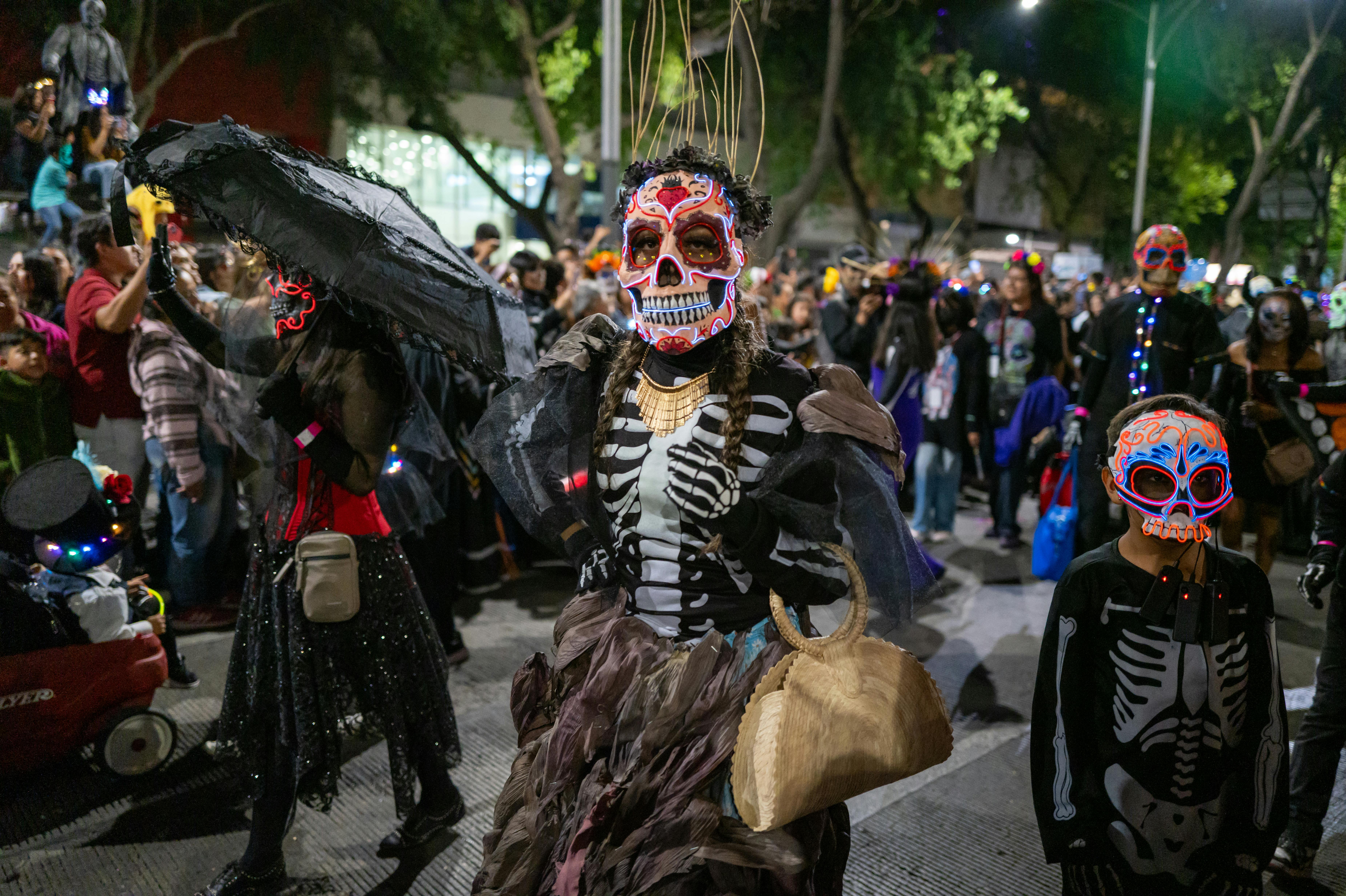
This ancient tradition is as varied as the cultures in every state in Mexico. Day of the Dead displays the diversity in Mexican religions, not only by state but by each individual pueblo.
In Oaxaca, you'll find elaborate sand tapestries and massive parades. In Michoacán, the Purépecha people hold all-night vigils on islands. In Mexico City, there's a massive parade (partly inspired by the James Bond film Spectre, believe it or not). In Chiapas, indigenous Mayan traditions blend with Catholic ones in unique ways.
Each region has its own recipes for pan de muerto, its own style of altar decoration, and its own local traditions that have been passed down for generations.
Why You Should Experience Day of the Dead in Person

One of the best ways of experiencing Mexican culture is by being in Mexico for the Day of the Dead. It's not something you can fully understand from photos or videos—you need to smell the copal, taste the pan de muerto, hear the music echoing through cemeteries at midnight, and see the genuine joy on people's faces as they remember those they've lost.
It changed my perspective on death entirely. Instead of something to fear or avoid talking about, Day of the Dead treats death as a natural part of life—and more importantly, treats love as something that transcends death.
If you're living in Mexico or planning to visit, don't miss this experience. Just approach it with respect, an open heart, and maybe bring some marigolds to share.
Planning Your Day of the Dead Trip to Mexico
Best time to book: At least 3-6 months in advance for popular destinations
Average costs:
- Hotels in Oaxaca during Day of the Dead: $150-$400 USD per night
- Guided tours: $50-$150 USD
- Pan de muerto and altar supplies: $20-$50 USD
What to bring:
- Comfortable walking shoes (you'll be on your feet a lot)
- A jacket (November evenings can be cool)
- Small bills for offerings and purchases
- A respectful attitude and open mind
Ready to experience one of Mexico's most beautiful traditions? Make sure you're covered with the right insurance before you travel. Get a free quote or schedule a consultation to discuss your Mexico travel plans.
Frequently Asked Questions About Day of the Dead
Is Day of the Dead the same as Halloween?
No, Day of the Dead is a completely different holiday with different origins and meanings. While Halloween focuses on fear and the supernatural, Day of the Dead is about celebrating and remembering deceased loved ones with joy.
Can tourists participate in Day of the Dead celebrations?
Yes, but respectfully. You can visit public celebrations, view altars that families open to the public, and attend festivals. Always ask permission before photographing, and consider bringing a small offering like flowers.
What should I not do during Day of the Dead?
Don't wear disrespectful costumes, don't treat cemeteries like theme parks, don't photograph people without permission, and don't assume it's a party—it's a meaningful cultural and spiritual practice.
Where is the best place to experience authentic Day of the Dead?
Oaxaca, Pátzcuaro in Michoacán, and Tepoztlán in Morelos are among the most authentic. Avoid overly touristy areas if you want a genuine experience.
Do I need to speak Spanish to appreciate Day of the Dead?
While Spanish helps, many celebrations are visual and emotional experiences that transcend language. That said, learning a few respectful phrases in Spanish will enhance your experience and show respect.
Can I create my own ofrenda as a non-Mexican?
If you have loved ones to honor, creating a personal altar is a beautiful way to remember them. Just be respectful of the tradition's cultural significance and create it with genuine intention rather than as decoration.
Related Articles:
Rafael Bracho
Insurance Expert & Writer
For several years, Rafael has been crafting articles to help expats and nomads in their journey abroad.
Get Protected While Living Abroad
Found this article helpful? Make sure you have the right insurance coverage too. Get instant quotes for international health, life, and travel insurance.
Takes 2 minutes • Compare multiple providers • Expert advice

